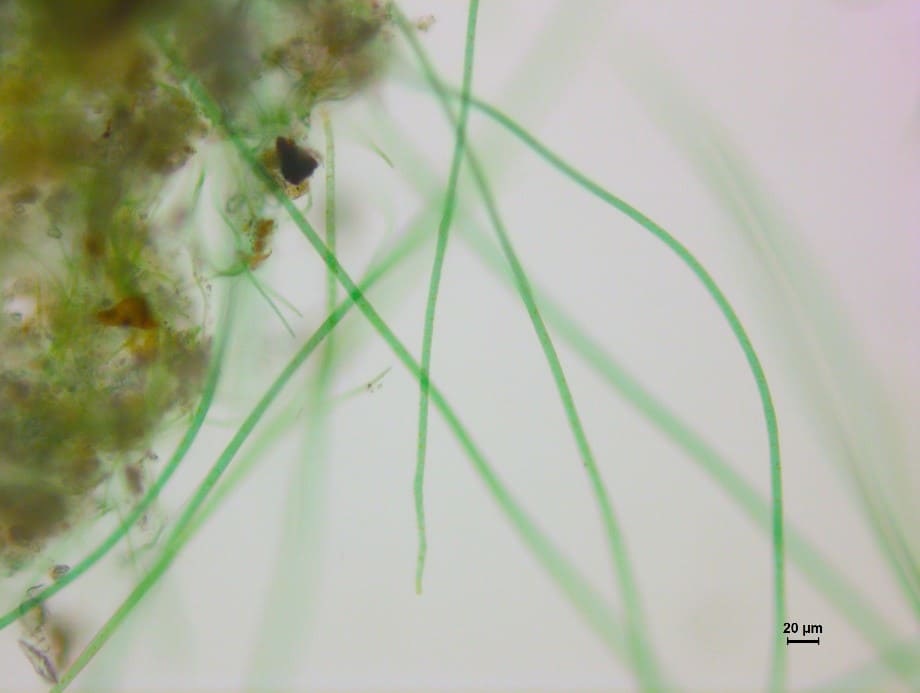
Oxidative Stress and ROS
Oxidative stress is caused by an imbalance between the production and elimination of oxidizing chemical species by organs and tissues. These chemical species are free radicals known as ROS, which stands for Reactive Oxygen Species. These include hydrogen peroxide (H2O2), superoxide radical (O2•−), hydroxyl radical (•OH), or singlet oxygen (1O2). They are generated as secondary products of various biological processes that occur naturally in the body. In addition to these processes, other factors such as exposure to X-rays, smoking, air pollution, and industrial chemicals can induce the excessive formation of free radicals (Betteridge, 2000).
Under physiological conditions, the body can respond to the presence of free radicals through the action of enzymes capable of breaking them down. However, if not adequately controlled, free radicals can damage various cellular components, including phospholipids that form cell membranes, proteins (causing malfunctions in their structural, enzymatic, and transport activities), and nucleic acids that make up genetic material, leading to mutations and changes in gene expression. When the body cannot adequately respond to excess free radicals, exposure to antioxidant compounds can help restore physiological balance (Pizzino et al., 2017).
What Are Antioxidant Compounds?
Antioxidant compounds are chemicals that counteract oxidative stress by neutralizing free radicals and protecting cells from oxidative damage and inflammation that may arise from excessive stress. In addition to obtaining these compounds through diet, the application of topical antioxidant creams can slow and reduce damage associated with skin ageing, as well as alleviate inflammatory and irritative skin conditions (Michalak et al., 2021).
Examples of antioxidant molecules are naturally found in various foods: vitamin C (citrus fruits, blueberries, tomatoes), carotenoids (orange-colored fruits and vegetables), vitamin E (seeds, nuts, eggs), polyphenols (grapes, berries, cereals, legumes), and selenium (fish, milk) (Serafini et al., 2016).
It is important to emphasize that, according to the Guidelines for a Healthy Diet (Italian “Centro di Ricerca Alimenti e Nutrizione”, 2018), the bioactive molecules present in the listed foods act not as antioxidant compounds but rather because they activate cellular mechanisms beneficial for health. Therefore, the intake of these substances should not be understood as the administration of individual components (e.g., vitamin supplements), but is functional when consuming whole foods. To ensure a proper diet in any case, the consumption of the indicated foods, especially fruits and vegetables, should be accompanied by appropriate dietary choices and the maintenance of a suitable lifestyle.
Antioxidant Properties of Cyanobacteria
Some cyanobacteria, microorganisms that represent one of the main components of biofilms that develop on Euganean mud during maturation, and various microalgae are allowed for consumption by the European Union and Italy. They are recognized as a source of high-value natural and sustainable compounds (lipids, polysaccharides, pigments), which makes their biomass or extracts excellent as nutritional supplements or food additives (Mendes et al., 2022).
In the specific case of thermal mud, the antioxidant action has been analyzed in a recent study related to the polysaccharide component (complex carbohydrates formed from various sugars) that develops during the maturation of Euganean mud due to the characteristic microbial community. More details of the study are available on the Polysaccharides of Euganean Mud webpage.
